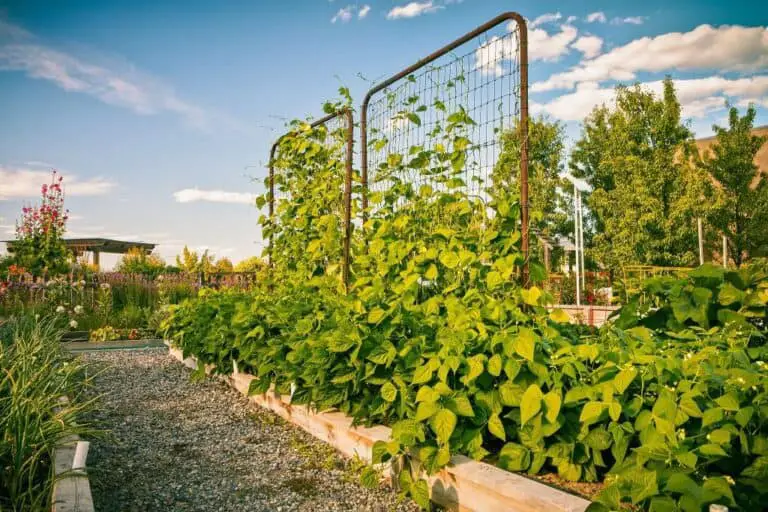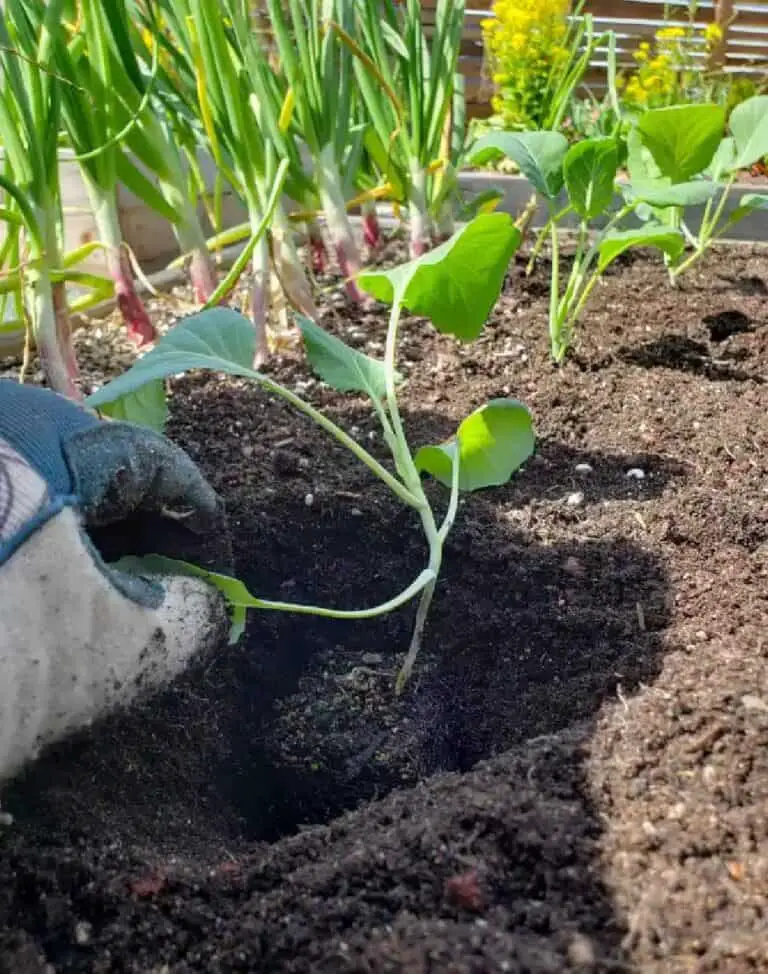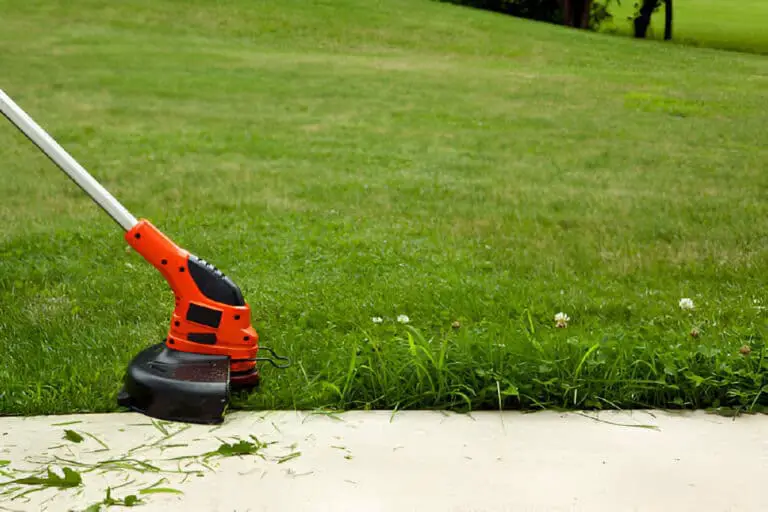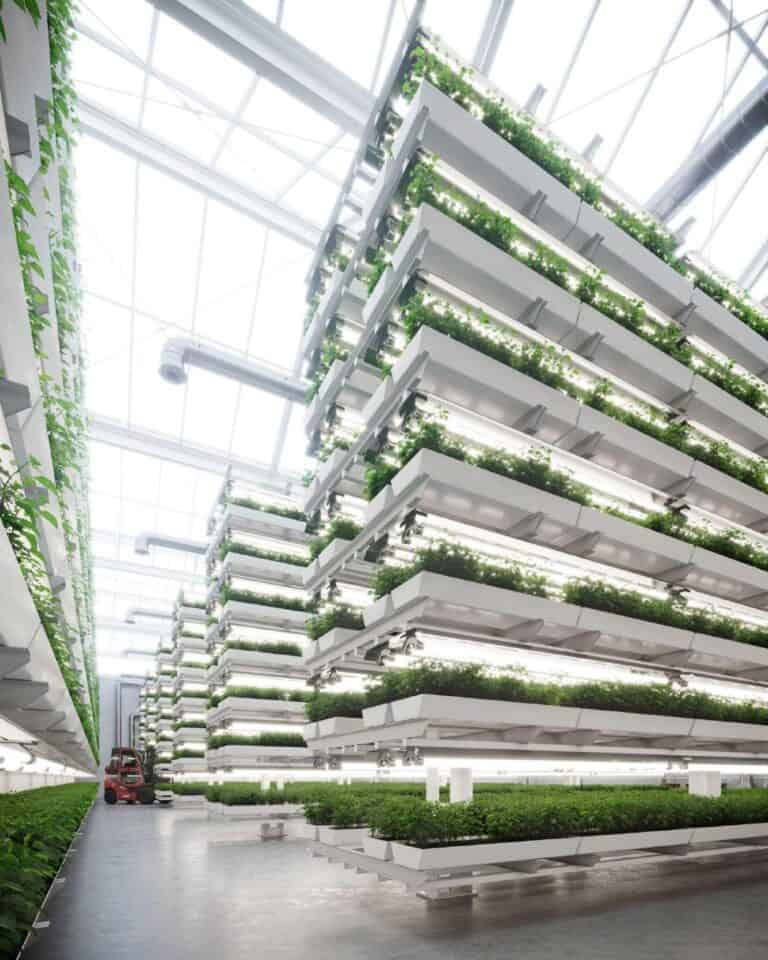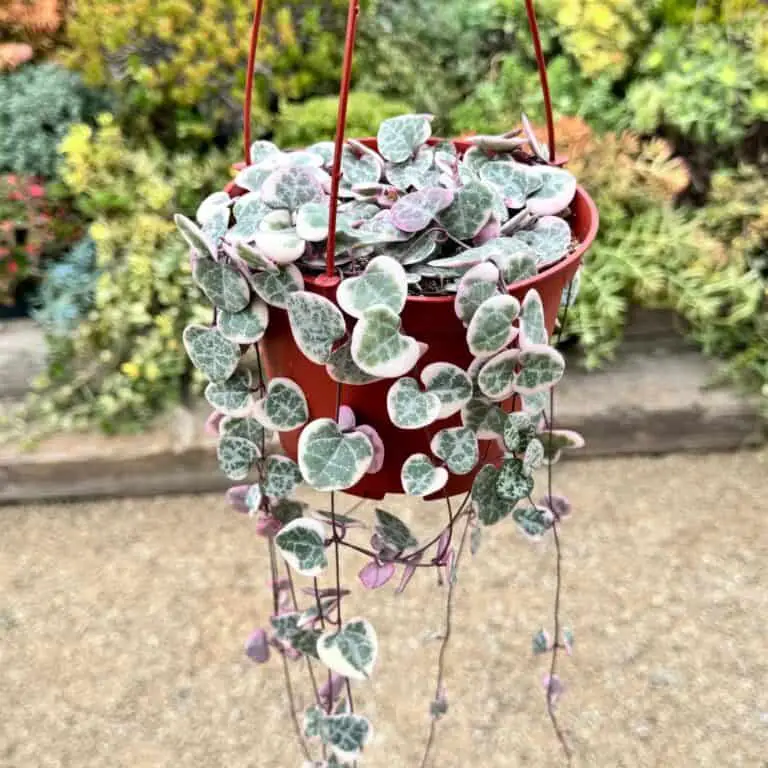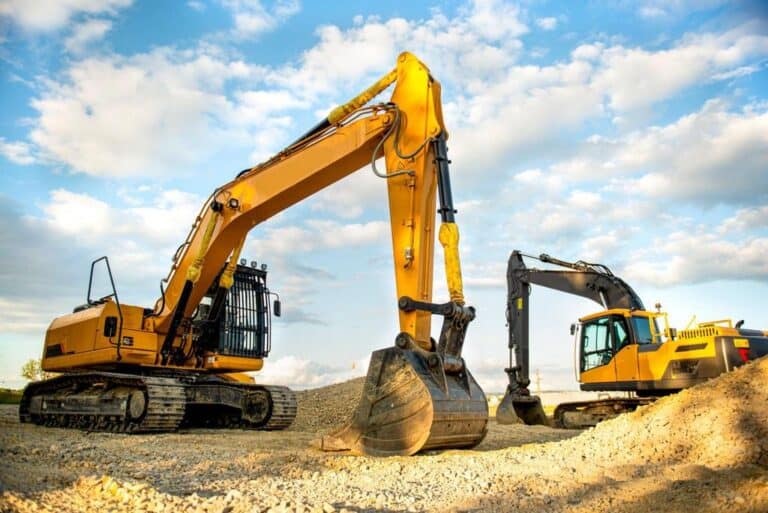What To Do With Broccoli Plant After Harvest? Do You Remove Them?
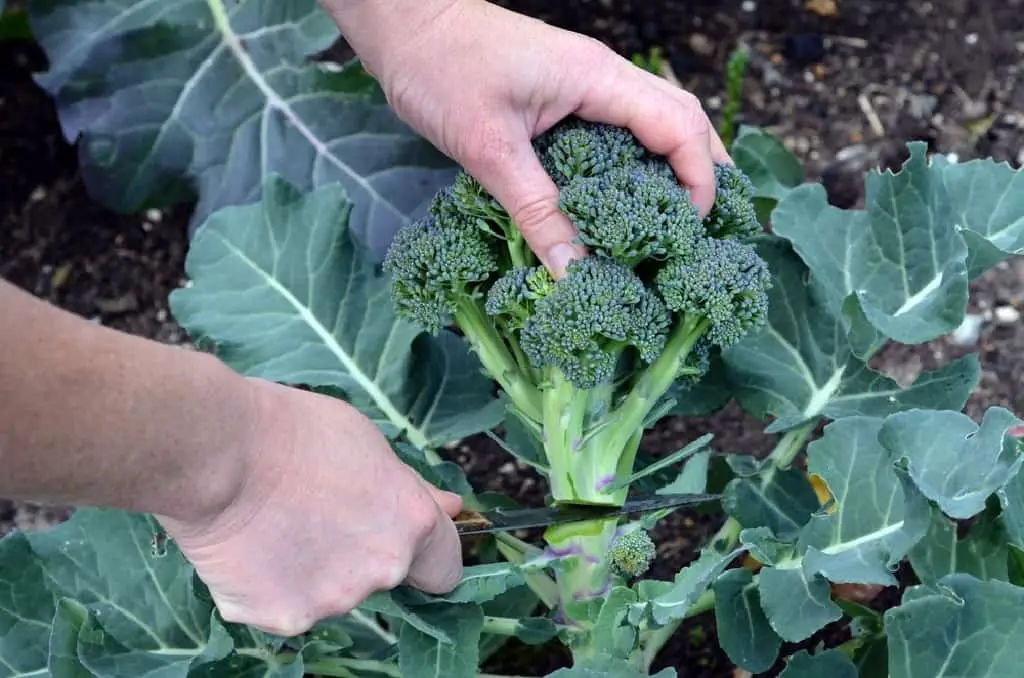
Have you ever wondered what to do with your broccoli plant once you’ve harvested the delicious heads? It’s a common dilemma among gardeners who want to make the most of their hard work and continue reaping the benefits of their thriving vegetable patch.
After all, you’ve nurtured those vibrant green plants, watched the heads develop, and enjoyed the bountiful harvest. But now, what’s the next step? Should you remove the entire plant or leave it alone?
In this article, we’ll unravel the mystery and explore the best practices for managing your broccoli plant after harvest. We’ll delve into the options available to you, from secondary shoots to composting and mulching, ensuring that your gardening journey doesn’t end with the main heads.
Get ready to discover the secrets of post-harvest broccoli care and unlock a world of possibilities for your home grown broccoli plant.
Overview of Broccoli Harvest
Before diving into post-harvest practices, it’s crucial to understand when and how to harvest broccoli. The timing of the harvest greatly impacts the flavor and texture of the vegetable.
So, when to Plant Broccoli for Harvest? Broccoli heads are ready to be harvested when they reach their desired size and the individual florets are tight and firm. Avoid waiting too long, as over-mature broccoli can become woody and less flavorful.
To harvest broccoli, use a sharp knife or garden shears to cut the main head, leaving a few inches of stem attached. Make the cut at an angle, about five to six inches below the head, to promote the potential regrowth of side shoots. These side shoots, also known as secondary heads, can be harvested later for an extended harvest season.
What to Do With the Harvested Broccoli Heads?
Once you’ve harvested the mature broccoli heads, it’s time to savor the delicious rewards of your labor. Broccoli can be used in a variety of culinary creations. Here are some ideas to make the most of your freshly harvested broccoli:
- Cooking: Broccoli can be steamed, boiled, stir-fried, roasted, or grilled. Its versatility allows you to experiment with different flavors and cooking methods. Add it to pasta dishes, salads, and soups, or simply enjoy it as a side dish with your favorite seasoning.
- Freezing: If you have an abundant harvest or can’t consume all the broccoli at once, freezing is a great option. Blanch the florets in boiling water for a few minutes, then transfer them to an ice bath to halt the cooking process. Once cooled, drain the florets and pack them in airtight freezer bags or containers. Frozen broccoli can be used later in stir-fries, casseroles, or as a healthy addition to smoothies.
- Preserving: Another way to make the most of your broccoli harvest is by preserving it. You can pickle the florets or make flavorful broccoli pesto. Preserving broccoli allows you to enjoy its unique taste even when it’s out of season.
Remember, the fresher the broccoli, the better it tastes. So, try to consume it as soon as possible after harvesting for maximum flavor and nutritional benefits.
Managing the Remaining Broccoli Plant After Harvest
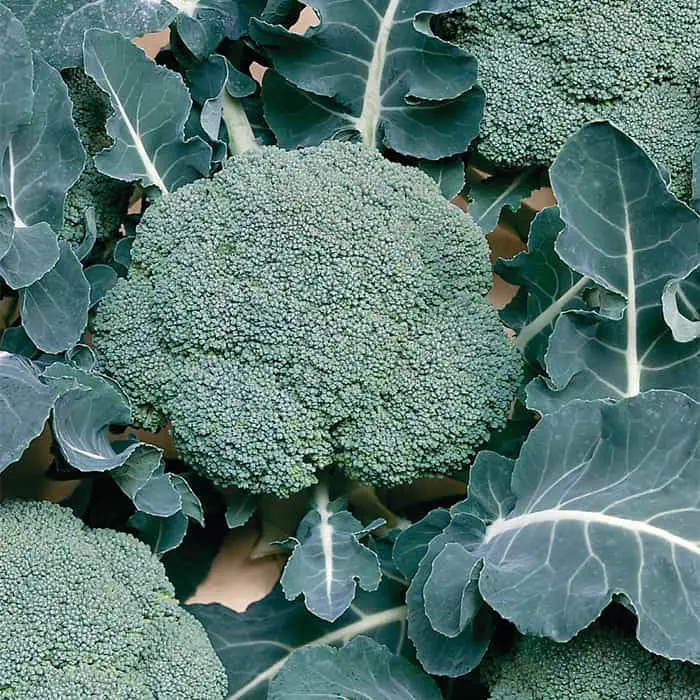
After you’ve harvested the main broccoli heads, you might be wondering what to do with the rest of the plant. While the heads are the most sought-after part, the remaining plant still has value and can be handled in several ways. Let’s explore your options:
- Removing the Entire Plant: One option is to remove the entire broccoli plant after the main heads have been harvested. This approach allows you to clean up the garden bed and make room for other crops. However, keep in mind that removing the plant entirely means you won’t be able to enjoy any potential secondary side shoots that may develop.
- Harvesting Side Shoots: Broccoli is known for its ability to produce side shoots, also known as “broccolini” or “broccoli raab,” after the main head is harvested. These secondary shoots are smaller but equally delicious. By leaving the plant in the ground, you give it an opportunity to produce more edible broccoli portions. Keep watering and caring for the plant, and you may be rewarded with a second harvest of tender side shoots.
- Composting: If you decide to remove the broccoli plant entirely, composting is an excellent way to recycle its organic matter. Broccoli plants are rich in nutrients and make a valuable addition to your compost pile. Chop the plant into smaller pieces to speed up the decomposition process. Mix it with other organic materials like leaves, grass clippings, and kitchen scraps. Over time, the compost will transform into nutrient-rich soil that can be used to nourish your future garden plants.
- Green Manure: Another option for managing the remaining broccoli plant is to use it as a green manure crop. Green manure involves planting certain cover crops to improve soil fertility and structure. Broccoli plants, with their deep roots, can help break up compacted soil and add organic matter when tilled under. Allow the plant to grow until it reaches maturity, then turn it into the soil to decompose. This practice enriches the soil and prepares it for the next planting season.
- Mulching: Alternatively, you can use the remaining broccoli plant as mulch. Cut the plant into smaller pieces and spread them around your garden beds. Mulching helps retain moisture, suppresses weed growth, and adds organic matter as it breaks down. As the plant decomposes, it releases nutrients back into the soil, benefiting your future plants.
Do You Remove Broccoli Plants After Harvest? Post-Harvest Care
Once you have harvested the mature heads of broccoli, you may wonder what to do with the remaining plant. While the harvested heads are the most sought-after part of the broccoli plant, there is more to consider beyond their flavorful florets. Removing the broccoli plants after harvest is a common practice that allows for efficient space utilization and prepares the garden for future crops.
After harvesting the main heads, you will notice that the broccoli plant still has a substantial amount of foliage and secondary shoots. These secondary shoots, also known as side shoots or “broccolini,” are smaller heads that develop in the axils of the plant’s leaves. These shoots can continue to produce tender florets for several weeks after the main head is harvested, providing you with an extended harvest period.
However, once the side shoots start to diminish in quality and yield, it is generally recommended to remove the entire broccoli plant from the garden. This process is essential for several reasons. First, removing spent broccoli plants helps prevent the buildup of pests and diseases, which can linger on plant debris and potentially affect future crops. Second, by clearing the garden beds, you create space for new plantings or rotate to a different crop, promoting healthy soil and preventing nutrient depletion.
After harvesting your broccoli, proper post-harvest care is essential to maintaining its quality. Start by inspecting each head for any signs of damage or disease. Remove any damaged or discolored parts to ensure that only the freshest and healthiest broccoli is stored or used.
Next, give the broccoli heads a gentle rinse under cool running water to remove any dirt or debris. Be cautious not to use hot water, as it can cause wilting and deterioration of the vegetable. Once cleaned, allow the heads to air-dry or gently pat them dry with a clean kitchen towel.
Storing Broccoli
To extend the shelf life and preserve the freshness of harvested broccoli, proper storage is key. Here are some detailed instructions to help you store your broccoli effectively:
- Refrigeration: Broccoli should be stored in the refrigerator to maintain its crispness and nutritional value. Place the heads in a perforated plastic bag or wrap them loosely in a damp paper towel before storing. This helps retain moisture without causing excess dampness.
- Temperature: Set your refrigerator’s temperature to around 32°F to 36°F (0°C to 2°C). Broccoli is sensitive to temperature fluctuations, so avoid storing it near the refrigerator door or in the coldest parts of the fridge.
- Moisture: Broccoli prefers slightly humid conditions. If storing in a perforated plastic bag, ensure that the heads are not overly damp. If using a damp paper towel, periodically check and replace it if it becomes too wet.
- Duration: Freshly harvested broccoli can be stored in the refrigerator for up to 5 to 7 days. However, for the best flavor and texture, it is recommended to consume it as soon as possible after harvest.
Freezing Broccoli
If you have an abundant harvest or want to preserve your broccoli for an extended period, freezing is an excellent option. Freezing helps retain the nutritional value of broccoli while allowing you to enjoy it year-round. Here’s how you can freeze broccoli:
- Blanching: Start by blanching the broccoli to preserve its texture, color, and nutrients. Bring a large pot of water to a boil and add the broccoli florets. Blanch them for about 2 to 3 minutes, then quickly transfer them to an ice bath to cool and stop the cooking process.
- Draining and Packaging: Drain the blanched broccoli well to remove excess moisture. Spread the florets on a clean kitchen towel or paper towels and pat them dry. Once dry, transfer the broccoli to freezer-safe bags or airtight containers. Remove as much air as possible from the packaging to prevent freezer burn.
- Freezing: Place the packaged broccoli in the freezer and ensure it is laid flat to allow for easier stacking and storage. It is recommended to label the containers or bags with the date for easy identification.
When properly frozen, broccoli can retain its quality for up to 12 months. To use the frozen broccoli, simply thaw it in the refrigerator overnight or cook it directly from frozen in recipes that call for cooking.
Composting Broccoli Plants
Composting broccoli plants offers several advantages for your garden and the environment. When you compost these plants, they break down and contribute valuable nutrients to your compost pile. Here are the key benefits of composting broccoli plants:
- Nutrient-rich compost: Broccoli plants are rich in nitrogen and other essential nutrients. Adding them to your compost pile helps create a nutrient-dense compost that enhances soil fertility.
- Organic matter: The organic matter from broccoli plants improves soil structure, moisture retention, and drainage. It also encourages beneficial microbial activity, which contributes to overall soil health.
- Reduced waste: Composting broccoli plants allows you to minimize waste by recycling plant material instead of sending it to landfills.
To compost broccoli plants, chop them into smaller pieces to speed up decomposition. Layer the plant material with other compostable items like kitchen scraps, leaves, and grass clippings. Turn the compost regularly to facilitate proper aeration and decomposition. Over time, the broccoli plants will break down, and you’ll have nutrient-rich compost to enrich your garden soil.
Soil Preparation for the Next Crop
After harvesting broccoli, it’s essential to prepare the soil for the next crop. Proper soil preparation sets the stage for healthy plant growth and maximizes yield. Here’s a step-by-step guide to soil preparation:
- Clearing and cleaning: Remove any remaining broccoli plant debris from the garden bed. This prevents the risk of disease or pests carrying over to the next crop.
- Soil testing: Conduct a soil test to determine its pH level and nutrient content. This information helps you make informed decisions about soil amendments.
- Amendments: Based on the soil test results, add appropriate amendments to optimize soil fertility. This may include organic matter, such as compost, well-rotted manure, or aged leaf mulch. Additionally, adjust the soil pH if necessary.
- Tilling or aerating: Use a garden tiller or a garden fork to loosen the soil and improve its structure. This enhances drainage and allows roots to penetrate easily.
- Crop rotation: Consider rotating your crops to prevent the buildup of pests and diseases. Avoid planting members of the brassica family, including broccoli, in the same location for consecutive years.
By following these soil preparation steps, you create an optimal growing environment for your next crop, ensuring healthier plants and improved yields.
Read: Exploring the Different Parts of Broccoli Plant
Broccoli Plant Regrowth
Interestingly, broccoli plants have the potential for regrowth after the main head has been harvested. This regrowth comes in the form of side shoots or secondary heads. Here’s what you need to know about regrowth:
- Side shoots: After harvesting the main head, keep the broccoli plant in the ground if conditions are favorable. Over time, side shoots will develop from the leaf nodes along the main stem. These side shoots produce smaller broccoli heads that can be harvested later, extending your harvest season.
- Cultural care: To encourage regrowth, provide the broccoli plant with proper care. Continue watering and fertilizing the plant as needed. Regularly remove any weeds or competing plants that might hinder its growth.
- Harvesting side shoots: Once the side shoots have developed, harvest them by cutting the individual heads with a sharp knife or garden shears. Leave a few inches of the stem intact to allow for the potential regrowth of additional side shoots.
Regrowth from broccoli plants provides a wonderful opportunity to enjoy a prolonged harvest and make the most of your garden space. Keep an eye on the plants, and when you notice side shoots forming, harvest them promptly for delicious and fresh broccoli.
Recycling Broccoli Plant Material
When it comes to using harvested broccoli plants, recycling plant material is an excellent option to minimize waste and find alternative uses. Here are some creative ways to recycle broccoli plant material:
- Culinary uses: Don’t let any part of the broccoli plant go to waste. The stalks and leaves are edible and can be used in various culinary creations. Chop the stalks and leaves and incorporate them into stir-fries, soups, or vegetable stocks. They add delightful flavor and nutrition to your dishes.
- Livestock feed: If you have livestock or poultry, consider feeding the broccoli plant material to them. Many animals enjoy the taste and nutritional benefits of broccoli leaves and stalks. Check with local farmers or homesteaders who might appreciate these nutritious plant parts as animal feed.
- Mulching: Chop the broccoli plant material into smaller pieces and use it as mulch in your garden. Spread it around your plants to suppress weeds, retain soil moisture, and add organic matter to the soil as it breaks down.
- Composting: As mentioned earlier, composting is an excellent way to recycle broccoli plant material. Chop the plants into smaller pieces to speed up decomposition and add them to your compost pile along with other compostable items.
By recycling broccoli plant material, you contribute to a sustainable gardening practice that reduces waste and utilizes every part of the plant.
Conclusion
The broccoli plant offers numerous possibilities after harvest. Whether you choose to compost the plants, prepare the soil for the next crop, explore regrowth potential, save seeds, or recycle the plant material, each option has its benefits and contributes to a sustainable gardening journey. So go ahead and make the most of your broccoli harvest, knowing that there are plenty of exciting opportunities awaiting you even after the main heads have been harvested.
FAQs
How do I know when my broccoli is ready to harvest?
Broccoli is ready to harvest when the central head is firm, tight, and about 4 to 7 inches in diameter. The florets should be compact and dark green, with no yellowing. Harvest by cutting the head about 5 to 6 inches below it, which encourages side shoot development.
Can I leave the broccoli plant in the ground after harvesting?
Yes, you can leave the broccoli plant in the ground after harvesting the main head. It may continue to produce smaller side shoots or secondary heads that can be harvested later. Keep watering and caring for the plant, and you may enjoy multiple harvests from the same plant.
Can I eat the leaves of a broccoli plant?
While the leaves of a broccoli plant are edible, they tend to be tougher and more bitter compared to the florets. However, they can still be used in cooking by steaming or sautéing them. Consider incorporating them into soups, stews, or stir-fries to minimize waste
Should I remove the entire broccoli plant after harvest, or can it regrow?
After harvesting the main broccoli head, the plant may produce side shoots or secondary heads. By leaving the plant in the ground, you allow it to regrow and potentially yield additional harvests. Keep caring for the plant, and you may be rewarded with more delicious broccoli.
What are the recommended storage conditions for harvested broccoli?
Store harvested broccoli in the refrigerator at a temperature of around 32°F to 35°F (0°C to 2°C). It is best to wrap the heads tightly in plastic or store them in airtight containers to maintain freshness and prevent moisture loss. Proper storage conditions can help prolong the shelf life of your broccoli.
How long does it take for side shoots or secondary heads to develop after harvesting the main broccoli head?
Side shoots or secondary heads typically take about 4 to 6 weeks to develop after harvesting the main broccoli head. However, this timing may vary depending on various factors such as weather conditions, cultivar, and growing conditions. Keep monitoring the plant and be patient for the secondary heads to appear.
Can I use the stalks and leaves of the broccoli plant in cooking?
Yes, you can use the stalks and leaves of the broccoli plant in cooking. While the florets are the most commonly consumed part, the stalks can be peeled and sliced for stir-fries or added to soups and stews. The leaves, although slightly bitter, can be used in similar ways to other leafy greens.
Can I save and plant the seeds from my harvested broccoli?
Yes, you can save and plant the seeds from your harvested broccoli. Allow the heads to fully mature and turn yellow before collecting the seeds. Once dry, remove the seeds and store them in a cool, dry place until you’re ready to plant them in the next growing season.
How can I incorporate broccoli plant material into composting effectively?
To incorporate broccoli plant material effectively into composting, chop the plant into smaller pieces to aid in decomposition. Mix it with other organic matter, such as kitchen scraps, leaves, and grass clippings, in a balanced ratio. Turn the compost regularly to ensure proper aeration and moisture levels. The broccoli plant material will break down over time, adding valuable nutrients to your compost pile.

